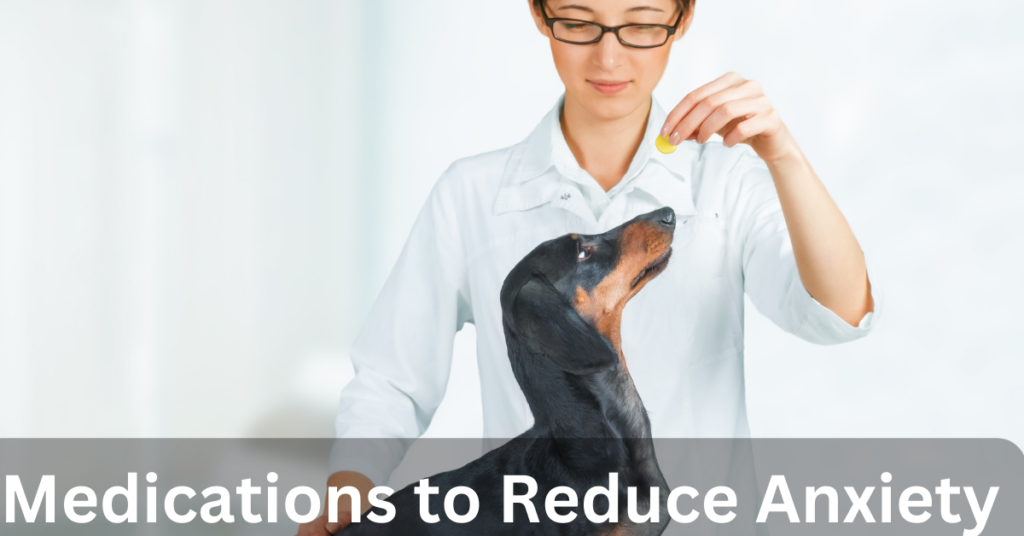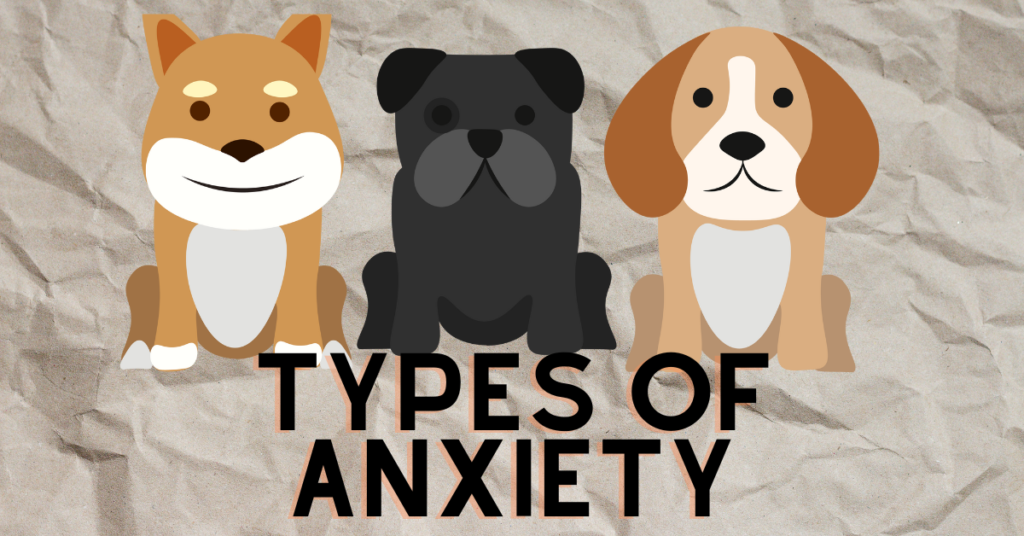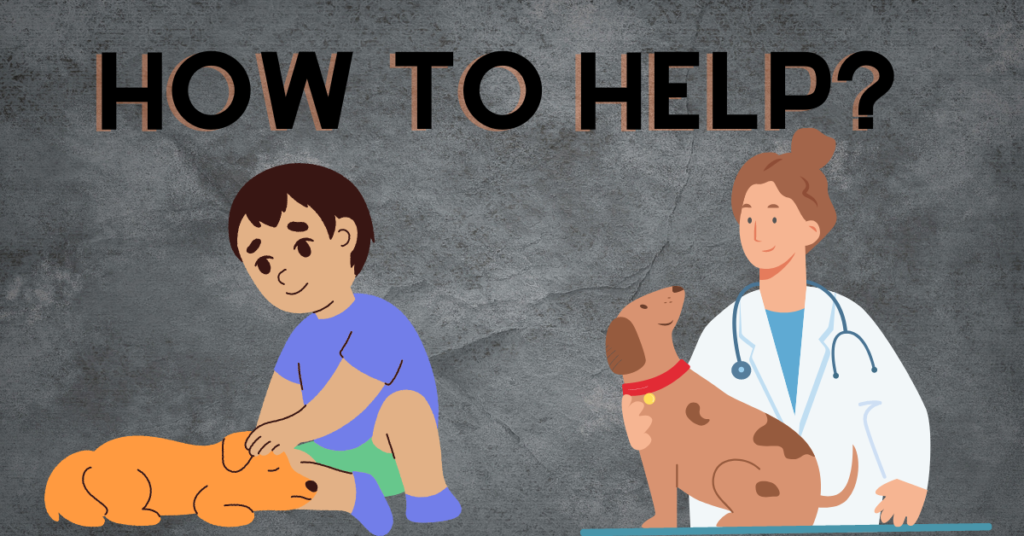

- Causes of social anxiety in dogs
- How to treat social anxiety in dogs
- How to calm an anxious dog
- How to treat separation anxiety in dogs?
- What is social anxiety service dog?
- Types of anxiety in dogs
- What are the symptoms of social anxiety in dogs symptoms
- What is dog social anxiety medication?
- How to make my dog less anxious in public

Social anxiety in dogs is when a dog experiences intense fear or nervousness in social situations. This can manifest in many ways, such as shivering, shaking, excessive barking, or hiding. While socializing is an important aspect of a dog’s life, those with social anxiety may miss out on the joys of interacting with other dogs and humans. The good news is that, with the help of a veterinarian or animal behaviourist, social anxiety in dogs can be managed and treated, allowing them to live a happier, more fulfilling life.
Causes of social anxiety in dogs

There are several causes of social anxiety in dogs, including:
Lack of socialization
Dogs not exposed to various people, animals, and environments during the critical socialization period (between 3 and 14 weeks of age) may develop social anxiety later in life. This is because they miss out on the opportunity to learn how to interact with others and build confidence in new situations.
Trauma
Dogs subjected to traumatic experiences like abuse, neglect, or abandonment may develop social anxiety. This can be especially true if the traumatic event occurred in a social situation, such as a dog park or at the home of a former owner.
Genetics
Some dogs may have a genetic predisposition to anxiety, which can manifest as social anxiety. This means that the tendency to experience anxiety may be passed down from generation to generation.
Medical conditions
Certain medical conditions, such as sensory deprivation or hearing loss, can contribute to developing social anxiety in dogs. For example, a dog that is going deaf may feel more anxious in social situations because they are unable to hear and respond to cues from other dogs and people.
Changes in routine
Sudden changes in a dog’s routine, such as moving to a new home, the arrival of a new pet or family member, or losing a family member, can lead to social anxiety. Dogs thrive on routine and stability; sudden changes can disrupt their sense of security and well-being.
How to treat social anxiety in dogs

Treating social anxiety in dogs requires a multi-faceted approach that may include the following:
Behavioral modification therapy
This involves working with a professional animal behaviorist to teach your dog how to react differently to social situations that trigger their anxiety. This may involve gradual exposure to the trigger (e.g., other dogs or people), positive reinforcement training, and counter-conditioning techniques.
Medications
Anti-anxiety medications can help to reduce the severity of your pet’s anxiety symptoms. These may include prescription drugs such as selective serotonin reuptake inhibitors (SSRIs) or benzodiazepines. However, it’s important to work with a veterinarian to determine the best course of treatment for your dog, as some medications may not be appropriate for every dog.
Pheromone therapy
Certain pheromones, such as synthetic versions of the dog’s natural calming pheromones, can help to reduce anxiety in some dogs. These pheromones are available as sprays, diffusers, or collars.
Environmental enrichment
Providing your dog with plenty of physical and mental stimulation can help reduce their anxiety levels. This may include regular exercise, interactive toys, and puzzle feeders.
Socialization training
Provide your dog with regular opportunities to interact with other dogs and people in a controlled and positive manner. It can help increase their confidence and reduce anxiety in social situations.
It’s important to remember that the treatment plan for social anxiety in dogs may vary depending on the severity of their symptoms and the underlying causes of their anxiety. Finding the right combination of treatments for your pet may take time. Still, with patience and persistence, it is possible to help your dog live a happier, more relaxed life.
How to calm an anxious dog

Here are the steps to calm an anxious dog:
- Create a safe space (e.g. a quiet room, crate, cosy bed)
- Provide physical comfort through petting, massaging, or a calming product like a Thundershirt.
- Engage in relaxing activities (e.g., playing fetch, going for a walk)
- Use aromatherapy with scents like lavender or chamomile
- Play calming music (e.g. classical music, pet-specific music)
- Provide mental stimulation with interactive toys or puzzle feeders
- Avoid punishment and instead focus on positive reinforcement for calm behavior.
How to treat separation anxiety in dogs?
Treating separation anxiety in dogs involves a combination of behavior modification and management strategies. Gradual desensitization and counter-conditioning techniques can help the dog learn to associate being alone with positive experiences, like receiving treats or playing with a favorite toy.
Providing plenty of physical and mental stimulation is also important when the dog is not separated from their owner. This can help reduce their anxiety levels and improve their coping ability when alone.
In some cases, medication may also be prescribed to help manage the dog’s anxiety symptoms. Working with a veterinarian to develop a customized treatment plan for your dog’s separation anxiety is essential.
What is social anxiety service dog?
Social anxiety service dogs are specifically trained to assist individuals with social anxiety disorder. These dogs provide emotional support and perform specific tasks that help their owners manage their anxiety in social situations.
For example, a social anxiety service dog may be trained to perform deep pressure therapy (e.g. applying pressure to the owner’s lap or chest), retrieve dropped items, and provide deep pressure stimulation to calm their owner during an anxiety attack or act as a physical barrier between their owner and others.
Social anxiety service dogs can give their owners a sense of security and comfort in social situations, helping them feel more confident and less anxious.
Types of anxiety in dogs

Here are ten common types of anxiety in dogs:
- Separation anxiety
- Noise phobia
- Generalized anxiety
- Social anxiety
- Fear of specific objects or events
- Compulsive disorders
- Aggression related to anxiety
- Flying Anxiety
- Fear of abandonment
- Medical-related anxiety
What are the symptoms of social anxiety in dogs symptoms

The symptoms of social anxiety in dogs can vary but may include:
- Excessive barking or whining when in social situations
- Hiding or cowering in the presence of other dogs or people
- Refusing to approach or interact with other dogs or people
- Urinating or defecating in the presence of other dogs or people
- Trembling, panting, or sweating excessively when in social situations
- Becoming aggressive or biting in social situations
- Constantly seeking attention or contact with their owner in social situations
- Escaping or attempting to escape from social situations
- Refusing to eat or play when in social situations
What is dog social anxiety medication?
Several medications can be used to treat social anxiety in dogs, including:
- Anti-anxiety medications
- Selective Serotonin Reuptake Inhibitors (SSRIs)
- Tricyclic Antidepressants (TCAs)
- Benzodiazepines
How to make my dog less anxious in public

Here are some tips for helping your dog become less anxious in public:
- Gradual exposure
- Positive reinforcement
- Counter-conditioning
- Desensitization
- Exercise
- Training
- Medication
Conclusion
The bottom line is that social anxiety in dogs can seriously impact their quality of life and behavior. Understanding the underlying causes of social anxiety and working with a veterinarian or professional dog trainer to develop a treatment plan is important. This may include behavior modification and training, medication, and other interventions tailored to your dog’s needs. With time, patience, and persistence, it is possible to help your dog overcome social anxiety and live a happier, more confident life.

